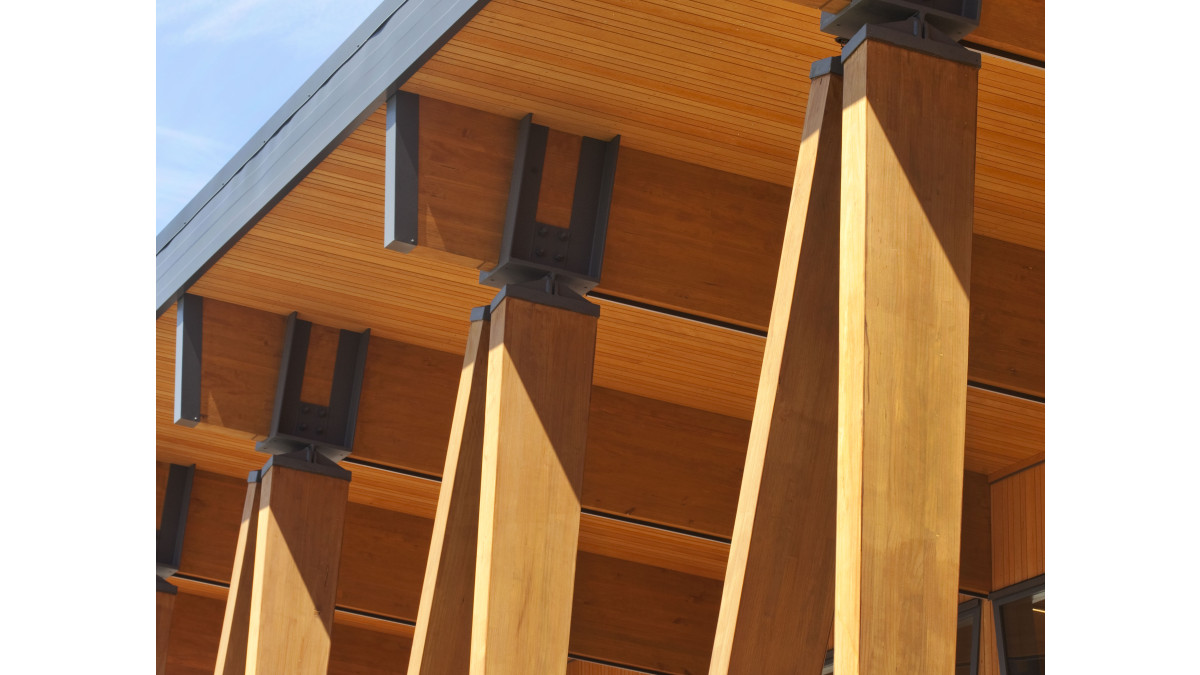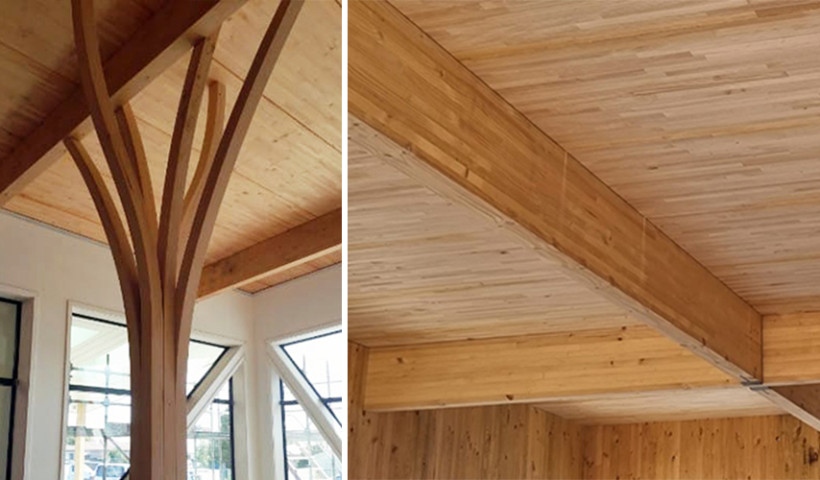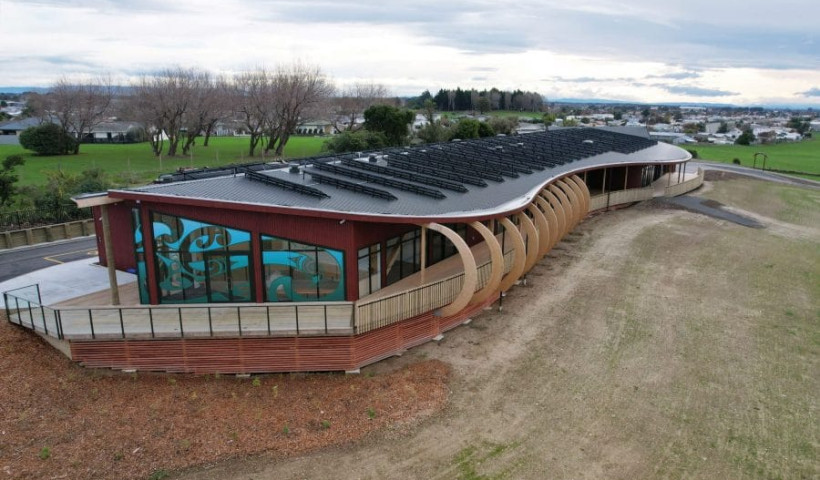
Designing with low carbon in mind doesn’t take away from a project, it enhances it giving it an innovative edge that makes it unique. Using Techlam Glulam takes away the barriers. By using an adaptable, modern and high-performing material, any design can come to life, and with less impact on the environment.
Recently, Warren & Mahoney and LT McGuinness announced a new six-star Green Star project, the new Tauranga City Council building on Devonport Road. This will be New Zealand’s largest mass timber office building. It not only uses Techlam engineered timber to achieve a Green Star rating, but other features such as rainwater harvesting technology, EV charging, and extensive end-of-trip facilities to encourage low-carbon commuting options are being installed and implemented — this structure will set a new standard for low-carbon structures in NZ.
The reality of low or carbon-neutral construction such as this relies heavily on the processes and products upstream — that’s where mass New Zealand timber plantations have a big role to play. These plantations sequester significantly more carbon during their growth than what is emitted through manufacture, transportation, and construction.
Engineered timber itself stores carbon, and the greenhouse emissions used to manufacture it are negligible when you compare it to the amount of carbon dioxide the timber has absorbed over the years of its growth. Timber grows naturally from the earth, is harvested, and grows again — providing a sustainable way forward for construction and a 100% renewable resource.
Take a look at Techlam’s website for carbon-friendly projects completed around New Zealand, and view their nutrition label for their products, showing calculated environmental impacts, including the carbon footprint, and how this data can be compared to nutrition labels that are commonly applied to food and drink products.













 New Products
New Products















 Popular Products from Techlam NZ
Popular Products from Techlam NZ Most Popular
Most Popular


 Popular Blog Posts
Popular Blog Posts
